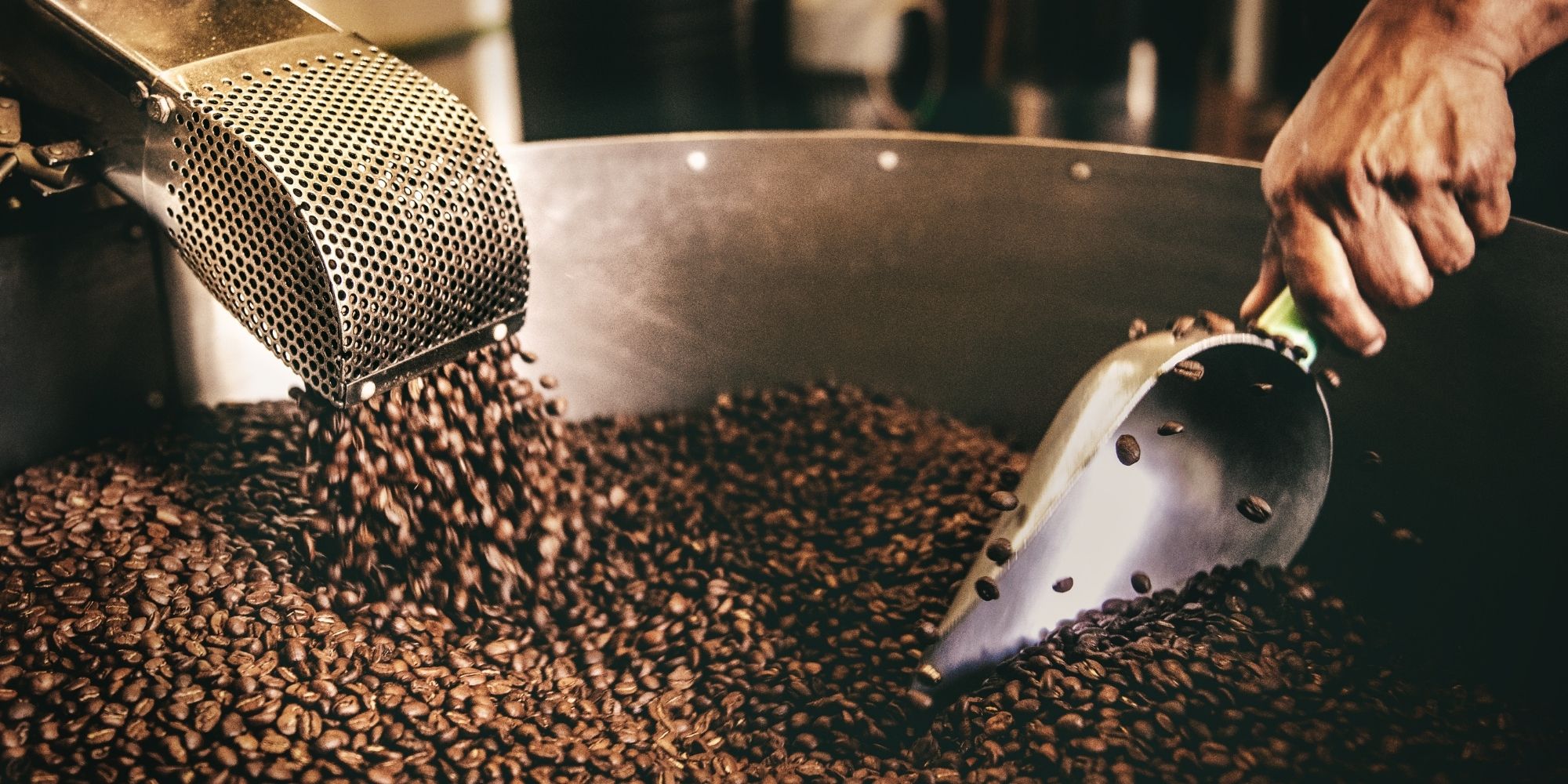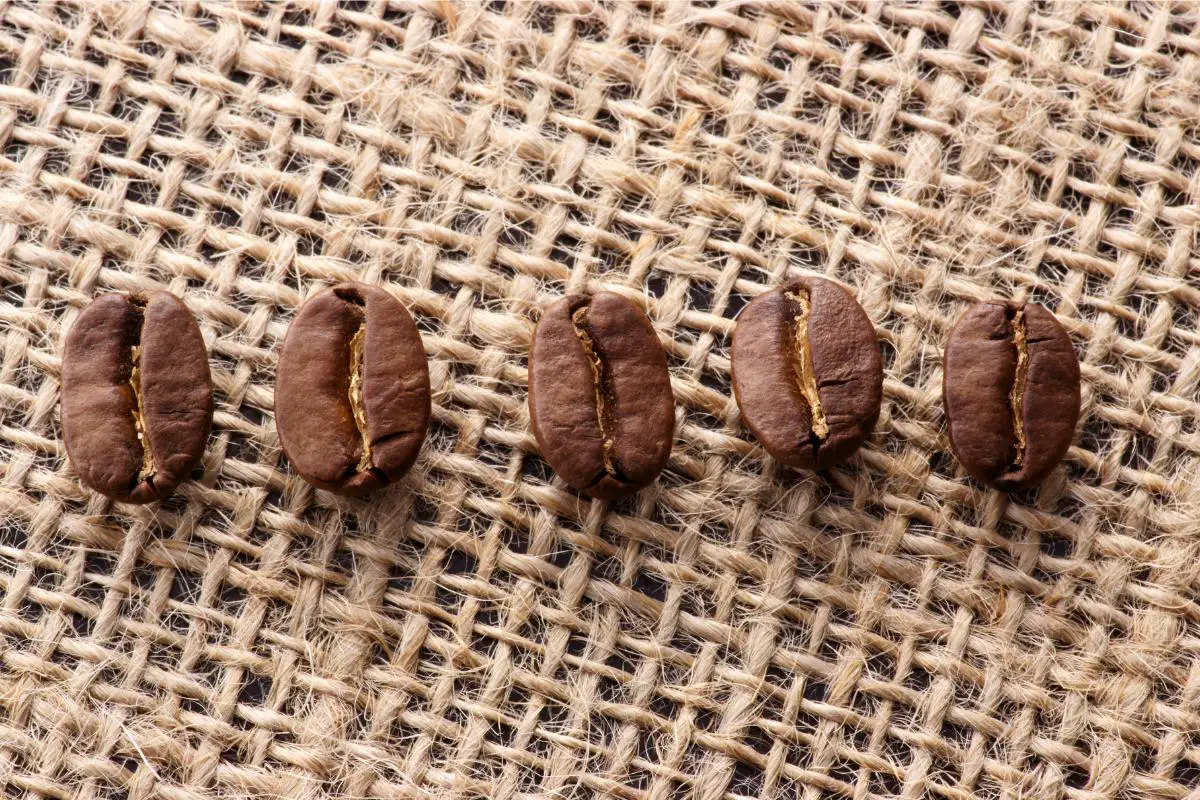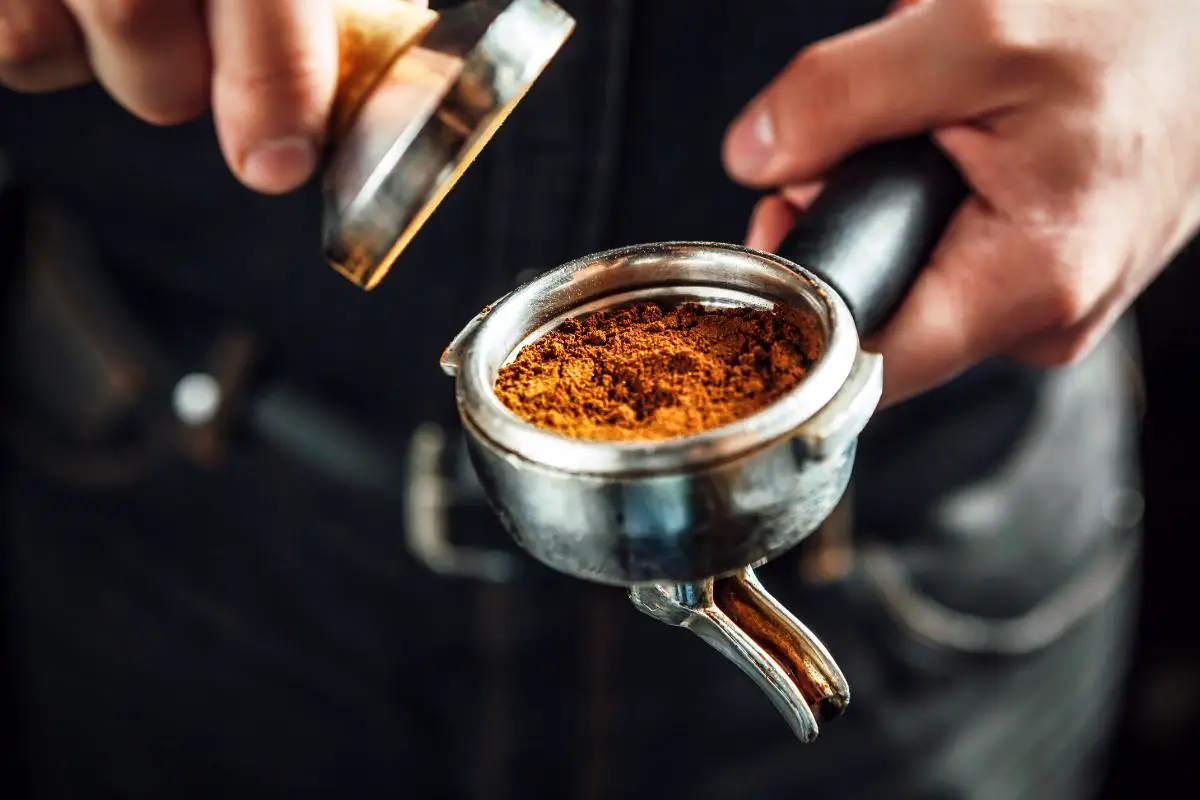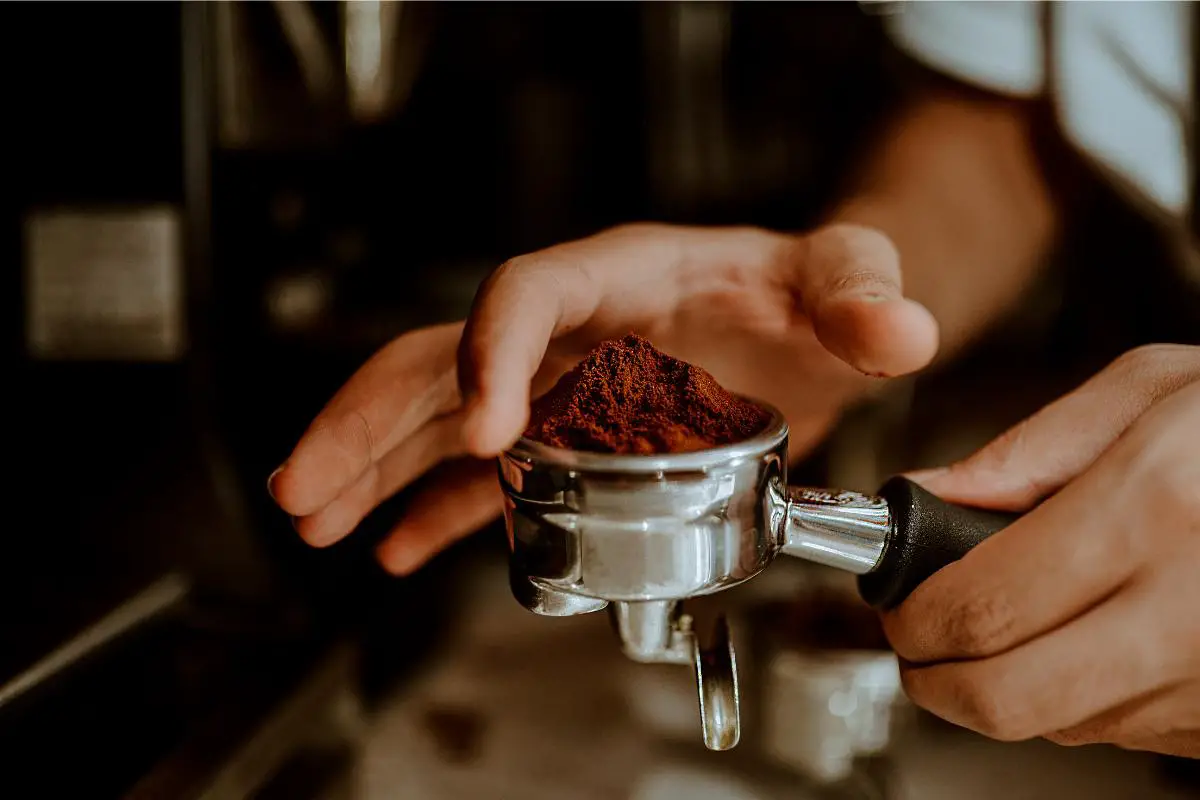Every day you drink coffee, you must have wondered how exactly do the coffee beans get their flavor?
Or maybe, you have been curious to know about the different flavours of coffee beans and all other such related things.
We understand, that’s why we are here to give you the answer to all your questions including the coffee bean flavor.
With the advance in technology, many people no longer need to buy their favorite cup of coffee from popular coffee shops such as Costa coffee or Starbucks.
You also don’t have to go without your favourite espresso or latte simply because you are not near your favorite coffee shop.
In fact, with the best bean to cup coffee machine, you can enjoy your best single or double shot from the comfort of your home.
As you do this, however, understanding the different coffee flavors, their source, and how best to use them can be a great step worth exploring.
In this article, we will dive in deep to find out how coffee beans get their flavor, and ultimately help you save time and money so you can make the right buying choices the next time you pick up a bag of beans.
Table of Contents
What Are The Different Coffee Bean Flavors?
The coffee comes in different flavours in different countries and we are going to discuss them all.
1. Vietnam – Robusta
With some confidence, we can say that if there’s one thing that didn’t get affected by the Vietnam war is coffee.
In the country, most people prefer Robusta coffee beans because they are strong in taste, and can bring in a complex flavour that you will love, such as Nguyen’s True Grit Robusta coffee beans.
Vietnam is the native land of the coffee Robusta, and most importantly, it is one of the top exporters of Robusta.
2. Indonesia – Arabica and Robusta
Indonesia is one of the largest producers of coffee.
It produces about 660,000,000 kilograms of coffee every single year.
Although the taste and quality of coffee are pale as compared to the coffee in Colombia and Brazil, it has a significant place in the production of coffee worldwide.
If you are looking for a dark roast, Java Planet’s Sumatra coffee beans are well known for their dark chocolate notes and smooth body.
3. Brazil – Arabica
As you already know, Brazil comes in the topmost coffee producing country.
In the country, about 2,594,100 tonnes of coffee were made in the year 2016.
The reason behind so much coffee production in Brazil is its taste, premium quality and wider areas of production.
Moreover, the coffee made in the country is the most preferred because it contains low acidity.
“About one-third of all of the world’s coffee is grown in Brazil, and much of Brazil’s premium coffee is labeled Santos after the port it is shipped through”.
espressocoffeeguide.com
4. India – Robusta and Arabica
In India, the most grown coffee beans are Robusta and Arabica.
These are the most well known and fine quality coffee beans which are grown in the southmost regions of India.
Such as Waka Coffee which has created a high-quality instant light coffee roast.
Perfect for those who prefer a low acidity, pleasantly dry finish, with notes of chocolate and hazelnut.
Moreover, coffee beans that have come out of India are generally known for their delicate taste.
5. Colombia – Arabica
Colombia is also a high coffee producing country.
It produces about 810,000,000 kilograms of coffee every single year.
If you like to brew your coffee with drip coffee machines, espresso makers, French presses, Aeropress, pour-over, and Moka pot, then something like Wink Blonde Roast Whole Bean Coffee is a perfect match.
In terms of taste, it is behind Brazil. The most flavoursome kinds of coffee in Colombia are Supremo and Extra.
6. Ethiopia – Arabica
The culture of coffee has been working in Ethiopia since the 800s A.D. and you know what? History also reveals that the home of coffee is in Ethiopia.
According to a rumor, goats used to eat coffee beans in the earliest times were well observed by the dervishes.
So, the dervishes boiled the juices of fruit, and the goats drank and ate it.
Moreover, Ethiopia produces about 384,000,000 kilograms of coffee every single year.
The country has very strong coffee trees which yield very tasty coffee.
7. Uganda – Arabica and Robusta
The coffee of Uganda and Africa are quite the same in aroma and their wine type acidity.
But it is not as famous as Ethiopian or Kenyan coffee.
Moreover, most of the coffee beans manufactured in Uganda are exported to different countries.
The best thing about this is, that it contributes a large part to the economy.
The most significant kind of coffee made in Uganda is delicious Bugishu.
A rare gem among speciality coffees is Split Oak Coffee Roasters.
These beans are from the Sipi Falls area of Mount Elgon, on an extinct shield volcano that lies on the border of Uganda and Kenya.
How Coffee Beans Get Their Flavor?
The key factors that determine the taste of coffee beans are the height in which they are grown, whether the cherries are removed fully, half or not before drying, the time they are roasted and the cherries picked.
Various factors can have an impact on the taste of coffee beans.
Also, the way the beans are processed can lead to a huge impact on their taste.
In addition to this, the way beans are brewed and ground also affects the taste of the coffee beans.
So, here are the following factors that affect the taste of coffee beans;
The Soil In Which They Are Grown
The soil in which the seeds of coffee are planted also impacts the flavour and taste of coffee.
The areas where it rains a lot and where the soil is fertile are most preferred to grow coffee.
Also, where the pH of the soil is about 6 – 7.5 are the perfect conditions for planting the trees of coffee.
That is the reason countries such as Colombia and Brazil are the largest exporter of coffee.
Because all these countries get a high amount of rainfall all around the year, and due to this rainfall, the continuous flowers come in the coffee cherry.

Moreover, the beans of coffee are originally collected from the trees on which cherries are grown.
These cherries have the beans of coffee inside them. The kind of cherries that are collected will have a huge impact on the way coffee tastes.
The cherry is more rip when it’s redder, moreover, the ripe cherries have more beans of coffee inside them.
Besides, when the producers start making cheap or inexpensive coffee, to cut the costs or to make it a little less expensive, they strip all the ripe and unripe cherries from all the branches, without considering only the ripe cherries.
The issue with doing this process of cutting costs and producing cheap coffee is that green and unripe cherries have fewer flavored beans than coffee.
This leads to the effect on the taste of the original coffee.
The Altitude In Which They Are Grown At (Specifically with Arabica)
The altitude that they i.e., the espresso bushes are grown in may have a big effect on the manner that the espresso beans flavor.
Arabica beans want to be grown at excessive altitudes of 3600 – 6300 ft.
This is due to the fact the slower increase technique offers them greater flavour.
This is why the Arabica beans which are grown at an excessive altitude are fantastically in demand and why additionally they feel greater.
Robusta beans may be grown on the level of the sea and 3000 ft, that is one such cause that they are quite inexpensive to purchase and produce.
The Manner That They May Be Processed
Once all the cherries are collected the espresso beans want to be eliminated from them.
Moreover, the manner that which the espresso beans are eliminated from the cherries may have a big effect on the manner that they flavor.
One technique is to take away the espresso bean from the cherry, and generally, this is done with the use of a mechanical tool or through fermentation.

Then, after getting rid of the beans from the coffee cherries, they are then dried up for about 6 to 7 days which they may shape small pores and skin known as the “parchment”.
Then, the parchment will be eliminated earlier than roasting the coffee beans or it will likely be stored there, if they may be going to store that.
Making the espresso beans with the use of this technique will generally provide the espresso beans with a greater acidic flavour.
Instead of getting rid of the espresso beans totally from the cherries, it’s also a choice to take away the pores and cherries’ skin from the beans. However to depart the sugar like layer that they have, at the espresso beans.
The very last alternative might be, to take away the coffee beans from the coffee cherries in any respect and to allow them to dry the interior of the berries for about 12 to 14 days.
Using this selection will generally provide the beans with a greater fruity flavour.
The Way Beans Are Roasted
The manner that which the coffee beans are roasted may also affect the manner that the flavor of the beans.
If the coffee beans get roasted for a long term then it’s going to provide them with a greater nutty flavour that also can be sour or may get burned while tasting if they get roasted for too long.
However, if the beans are roasted much lesser than expected, then, it’s going to provide them with a smoother flavour which can from time to time motivate them to be bitter if they don’t get roasted enough.
Generally, beans that are used for coffee can have a much darker roast and the coffee beans that are used for ordinary espresso can have a lighter roast, Nevertheless, this depends on personal preferences.
How to Taste Coffee Bean Flavors?
How do you know the flavour of your espresso to certainly enjoy the notes and flavours that the precise bean imparts and makes you a fan for life?
We are going to list some points that you need to remember while tasting the coffee beans.
- Coffee receives its flavours in every step alongside the fee chain, from the beginning to the process of brewing.
- Humans understand tastes via the flavor buds placed on the tongue.
- Different regions of the tongue understand the five most important tastes: saltiness, sweetness, bitterness, acidity, and umami.
- To taste a cup or flavour appropriately, pay attention to simply one flavour at a time and the corresponding location on your tongue. Most especially, novices have to observe this approach to make use of the process.
How Coffee Beans Get Their Flavor F.A.Q’s

A. Tart fruit, such as kiwis, black currants, granny smith apples, lemons, limes, and grapefruits pair especially well with dark-roasted coffee.
A. Cinnamon, Mint, Cocoa Powder, Salt, Vanilla Extract, Ginger, Espresso, Butter.
A. You can sprinkle salt over your coffee grounds which helps to counteract some of the bitterness in coffee and also rounds out its flavour.
About 15% of that bitterness comes from caffeine, but the other percentage comes from two compounds –Phenylindanes and Chlorogenic Acid Lactones.
A. Good coffee has a rich and dense flavour, it is aromatic, full, slightly sweet and fragrant and delivers a long-lasting aftertaste.
It should be drunk almost bitter as the addition of sugar does not allow to detect its degree of acidity and body.
Conclusion: How Coffee Beans Get Their Flavor
So, it’s a wrap! We believe you are now well aware of all the things you needed to know about coffee.
Much like wine or beer, coffee can have many different inherent flavours.
This is based on where or when it’s grown, how it’s processed, how it’s roasted, the kind of variety, and even how it’s brewed.
In case, you have any more questions popping up in your head, then feel free to ask, we would love to answer.
If you enjoyed this article, read more like this by checking out our Specialty Coffee Beginners Guides.











